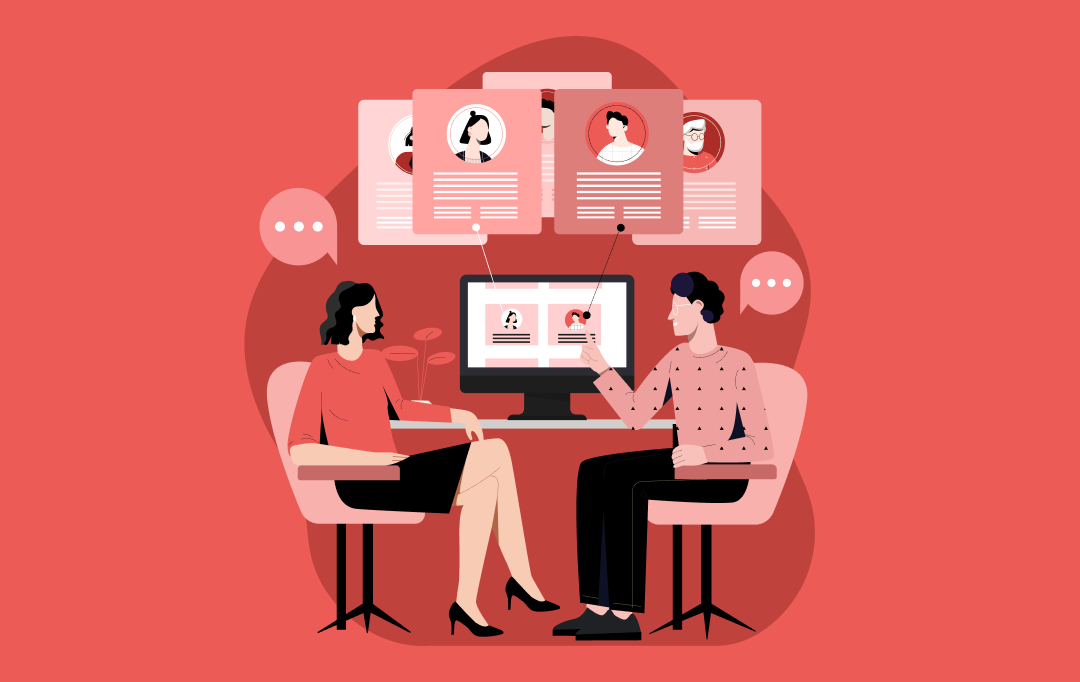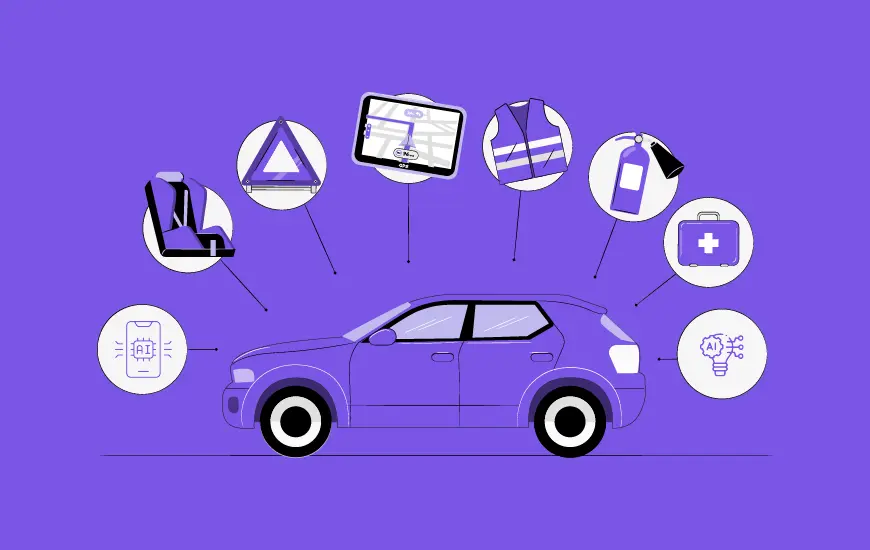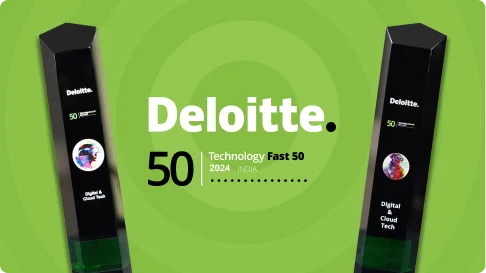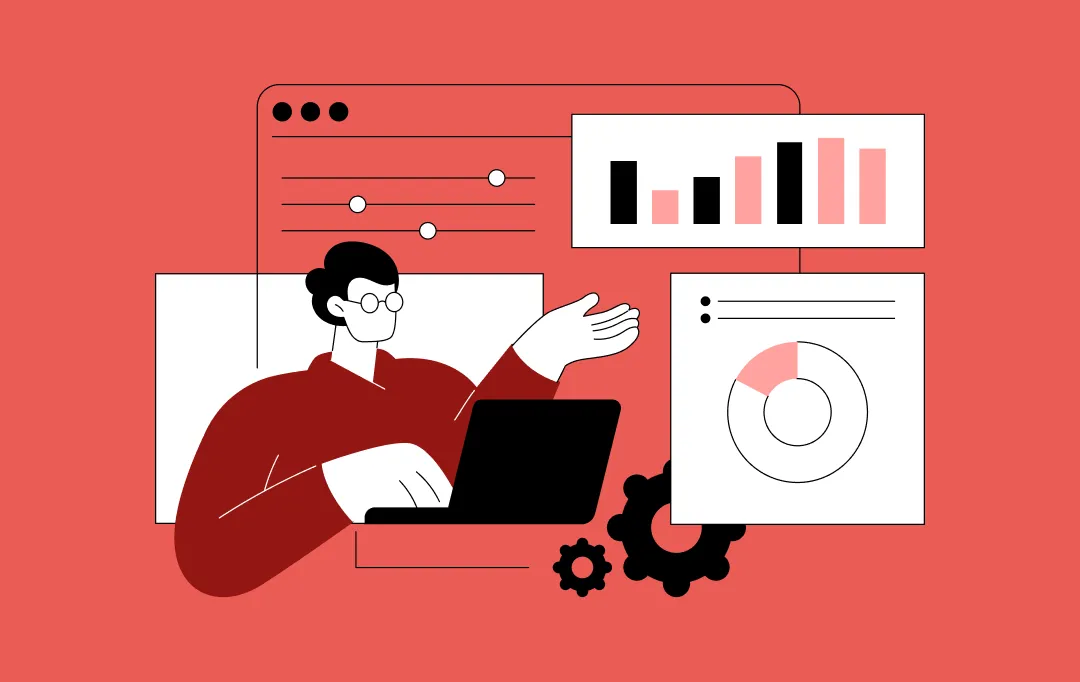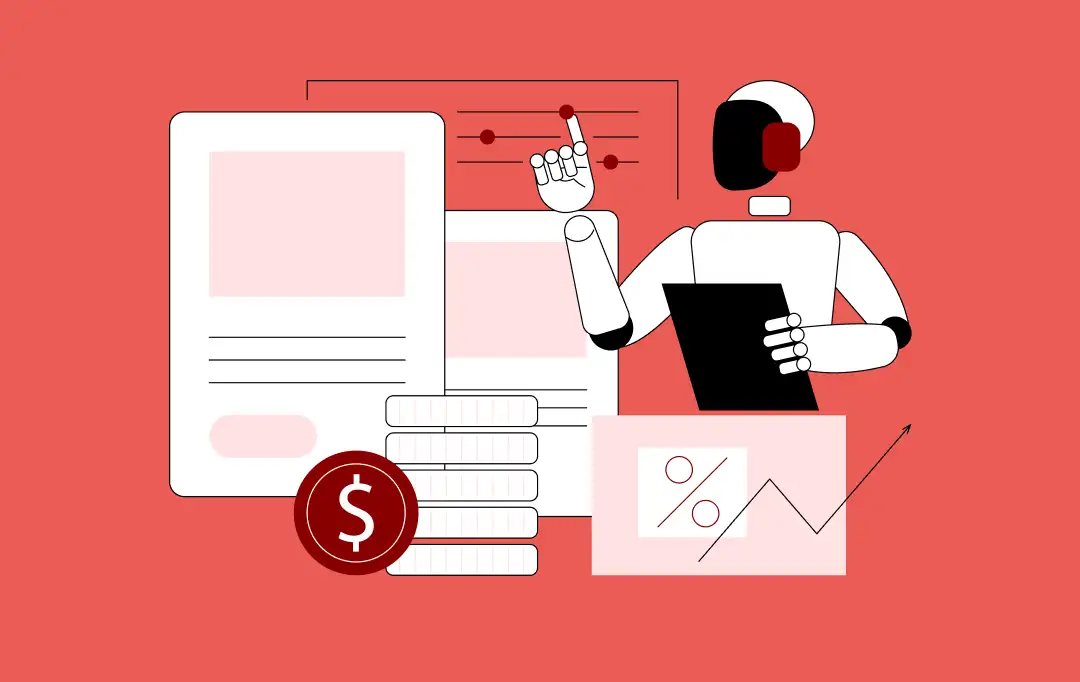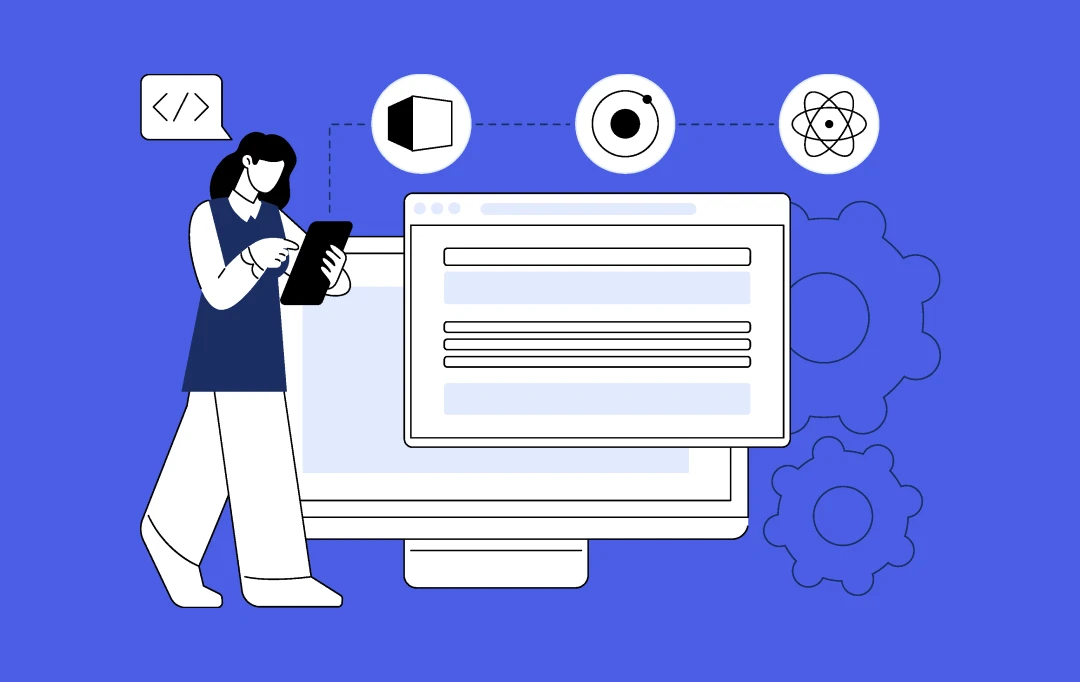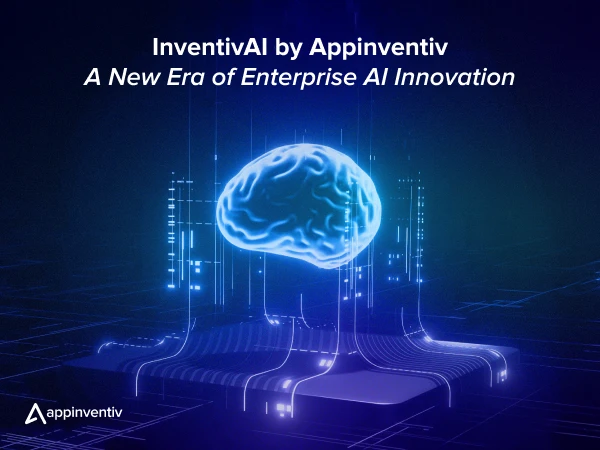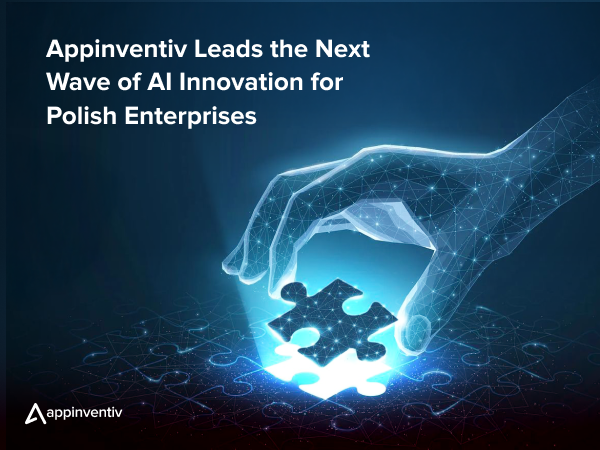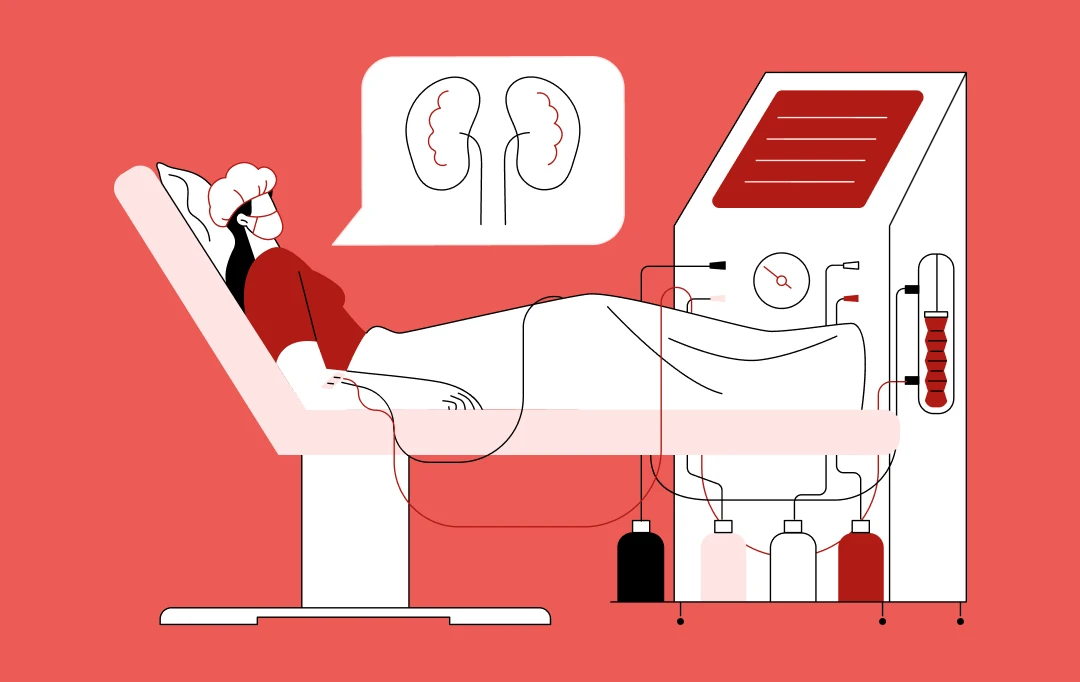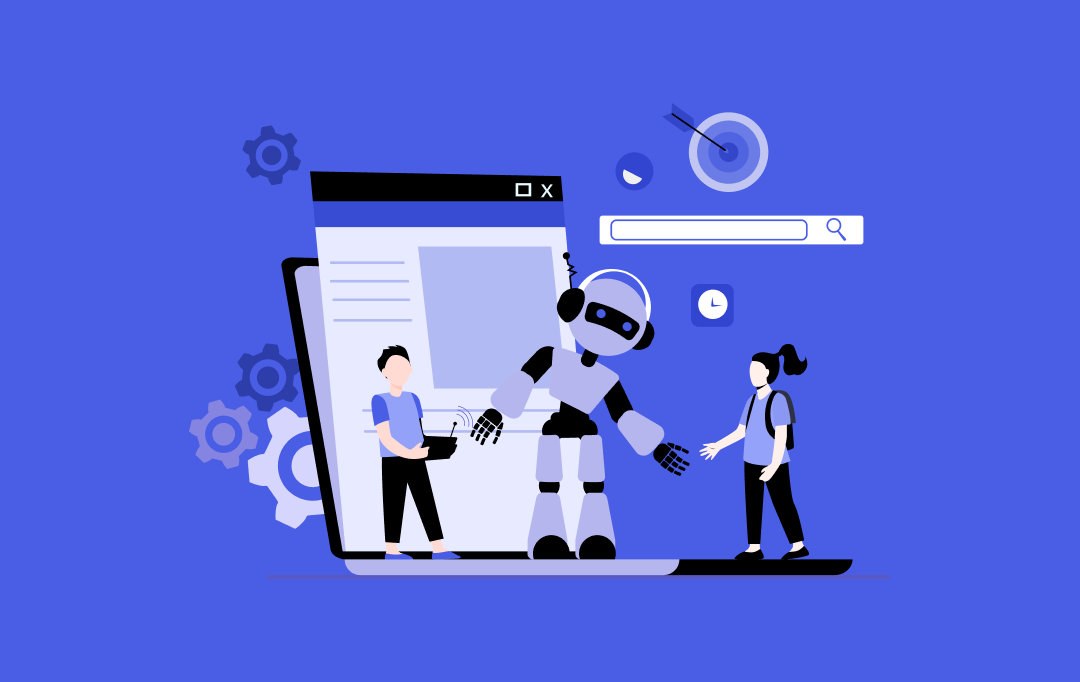- Let us first look at the implications of Augmented Reality and Virtual Reality in the modern F&B industry
- 1. Educate Diners of Nutritional Components
- 2. Adding Gamification Elements to the Waiting Time
- 3. Making Chefs, Bartenders, and Waiters More Skilled
- Here are the ways Artificial Intelligence domain betters the Food industry -
- 1. Slash Food and Drink Production Cost
- 2. Assortment Management
- 3. Planned Menu
- 4. Lesser Food Wastage
- 5. Development of new Food Items
The Ways Artificial Intelligence and Augmented, Virtual Reality Are Impacting the Food and Beverage Industry are too many and too omnipresent to ignore. From inside the kitchen/ store to the food production chain, the three technologies have found their place right at the center of the industry.
While in one restaurant, diners are analysing their calorie count that has come attached with their order using Augmented Reality, on the other side Food brands are using AI based chatbots to send out messages to users according to their eating behaviour.
Although, it’ll be difficult to find case studies on the exact implication of the three disruptive technologies in the industry, but here are the use cases of Augmented Reality, Artificial Intelligence, and Virtual Reality that have started surfacing over time.
In this article, we will talk about how the industry is transforming with the advent of the technologies.
Let us first look at the implications of Augmented Reality and Virtual Reality in the modern F&B industry
1. Educate Diners of Nutritional Components
With the help of Augmented Reality, restaurants can give their diners a detailed information of the ingredients and their corresponding nutritional value, which is present in the dish that they have ordered.
Using Virtual Reality, restaurants can also create a virtual chef and introduce him to the diners as they look at how their food is prepared in action.
2. Adding Gamification Elements to the Waiting Time
The long waiting time once the food order has been placed, is one of the biggest turn off points for a diner. In fact, it is also the number one reason behind diners not coming to the restaurant twice. To solve the non returning customer issue, restaurants have started introducing the power of virtual reality in their everyday process.
As customers wait for their order, they can join the kitchen and become a sous chef, or they can take a deep dive in the oceans with seals and dolphins in the ocean themed restaurant, all through the advancement of virtual reality.
Also, while the customers wait, Augmented Reality game where they have to look for hidden spoons on the table or count the cherries in the dish can be introduced.
3. Making Chefs, Bartenders, and Waiters More Skilled
With the help of Virtual Reality, Food and Beverage industry would be able to elevate the learning process. The technology can be used to impart skills related to anything – making impressions on cappuccino, carrying four plates at a time to diner’s table, and the art of mixing showman’s skills into bartending.
Real life simulation of tasks using Virtual Reality would lower both learning time and on the job mistakes.
While Augmented Reality and Virtual Reality are more focussed on the experience part of the diners, Artificial Intelligence looks into the Food and Beverage system from the business or backend front.
Here are the ways Artificial Intelligence domain betters the Food industry –

1. Slash Food and Drink Production Cost
An AI system, which closely monitors the level of dirt on cooking equipment to make sure that they are clean, holds the power to save over £100m in UK food industry.
The AI system, which is being built by the Derbyshire-based Martec of Whitwell uses optical fluorescence imaging and ultrasonic sensing to measure the exact dirt levels present in the equipment. The AI system is expected to save over 20 – 50% of the cleaning time and energy that the food industry puts behind this part of the production chain.
2. Assortment Management
By studying the buying behaviour of local purchasers, Artificial Intelligence will help in better management of Food Shelves in the supermarket. By giving the owners detailed information on which product is most in-demand, in what quantity, and in what season, the businesses would be able to concentrate on specific items, while cutting down on filling of shelf space with those that are not in demand.
3. Planned Menu
By analysing the diners’ order request is not just your restaurant but also in those that they otherwise frequent, Artificial Intelligence will help you plan your menu according to diners food preferences. It would also give you an idea of their taste preferences, whether they like their food spicy or have a sweet tooth.
When broken down to a more atomic level, AI would also get you insights on diners’ food preference when there is a football match on or when they are nearing end of month with their salary level now standing at single or early double digits.
4. Lesser Food Wastage
The current Food and Beverage Industry is marked by a series of strict rules and policies related to food quality that is expected to be maintained in restaurants and fast food chain. The rules around quality of tomatoes that can go as slice in burger might lead to a lot of wastage in case they don’t meet the criteria.
With Artificial Intelligence, the actual expectation bar would be raised. The technology would give information on exactly what the users expect and the room they can work around when it comes to tomato slices size and french fries length.
5. Development of new Food Items
By reading the users’ reviews on what taste they are developing, what combination they would like to be introduced, and what they need as a blend of their health and taste preference, the world will start looking into more and more food items getting developed at the back of AI insights.
IntelligentX is one such brand that has developed a series of premium beers according to the users’ feedback collected with the help of AI, and so long the brand is seeing a huge success.
While these are just some of the ways Augmented Reality, Virtual Reality, and Artificial Intelligence hold the power to alter and revolutionize the Food and Beverage industry, the time to come will look into more application of the technologies.


- In just 2 mins you will get a response
- Your idea is 100% protected by our Non Disclosure Agreement.
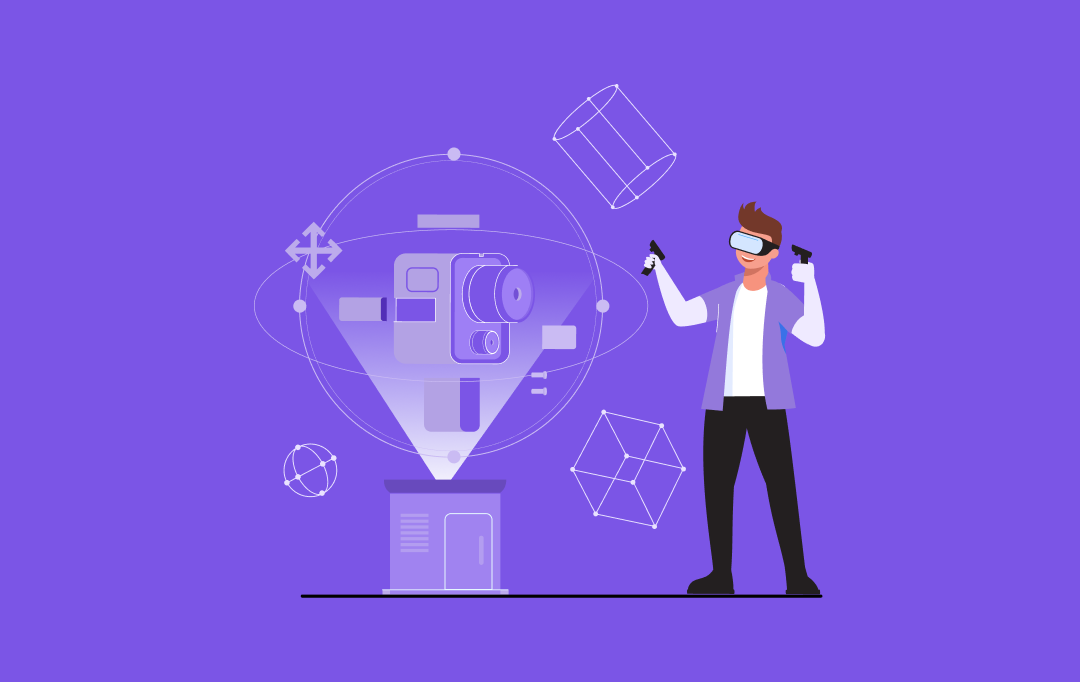
10 Use Cases and Examples of How Extended Reality (XR) is Driving Innovation Across Industries
Imagine a factory where engineers diagnose machinery issues using 3D holograms or a hospital where surgeons rehearse complex procedures in a fully immersive virtual space before operating on a real patient. These scenarios are not distant possibilities - they are happening today and are powered by Extended Reality - XR use cases. As a convergence…
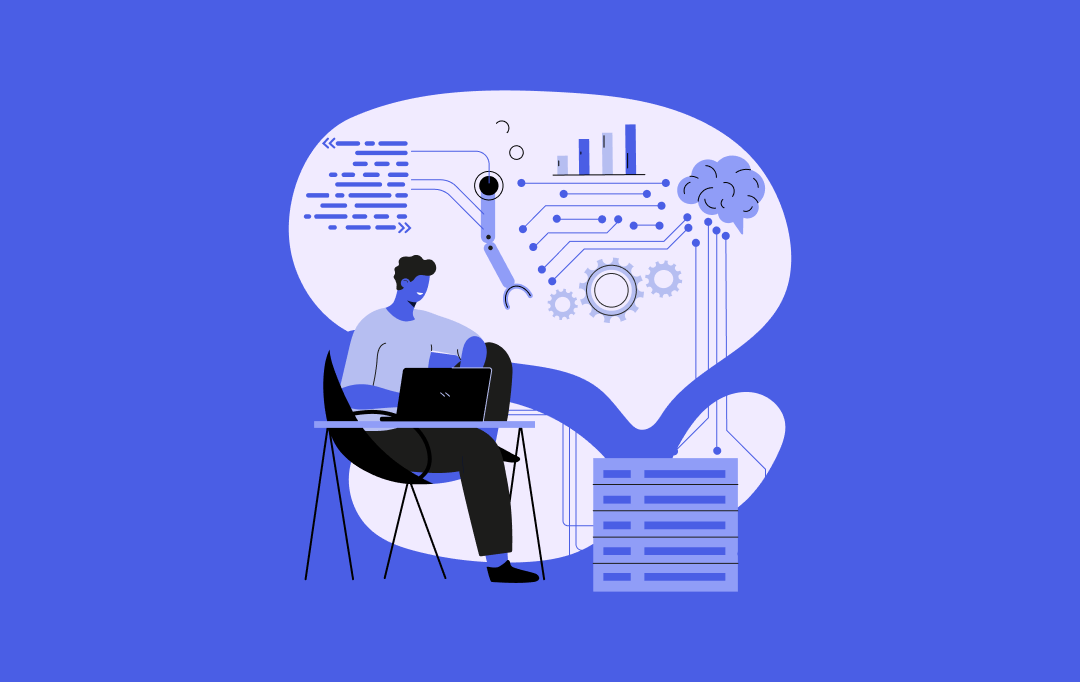
13 Use Cases and Examples of How Adaptive AI is Transforming Industries
Slashing downtime, boosting margins, automating workflow, and stealing your market share. You must be thinking that these buzzwords are Silicon Valley’s hype. No, these are the silent revolutions hitting Main Street industries. From manufacturing deploying demand forecasting to controlling production lines, healthcare tailoring predictive care and driving better outcomes. The success mantra—these industries are quietly…
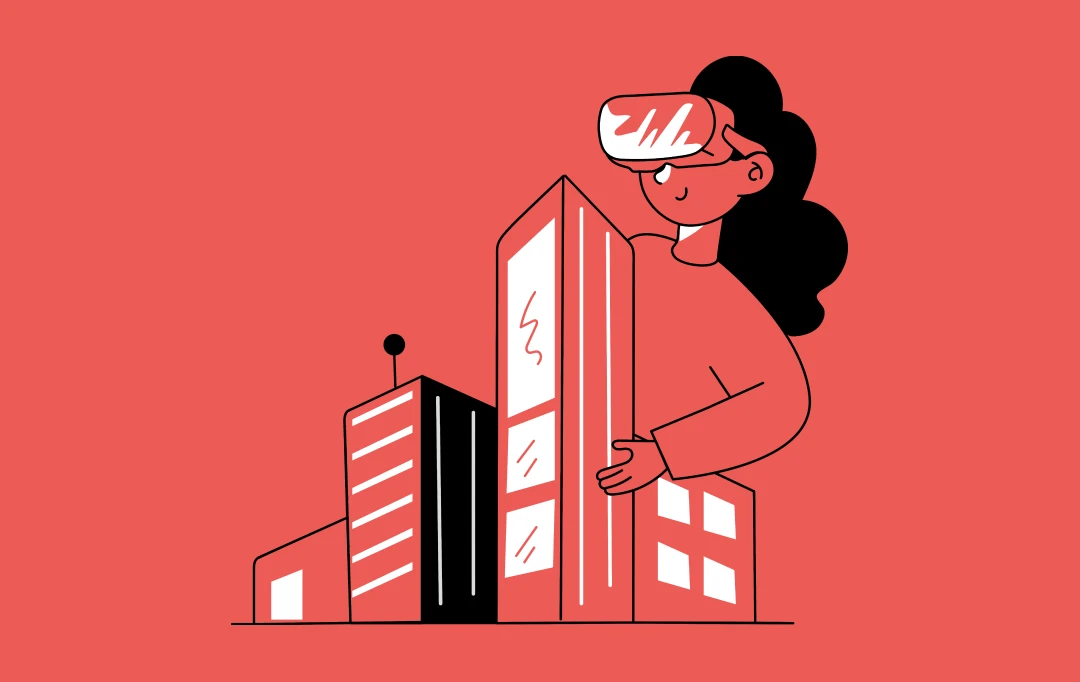
AR/VR in Construction - 10 Use Cases of How Augmented and Virtual Reality is Shaping the Industry
The use of extended reality technologies is one of the growing trends in the expanding domain of construction technology. As the sector gradually adopts more sophisticated practices, virtual and augmented reality in construction have emerged as revolutionary solutions. With compelling advantages like planning, marketing, and training, AR/VR technologies are transforming the face of construction. Prescient…


